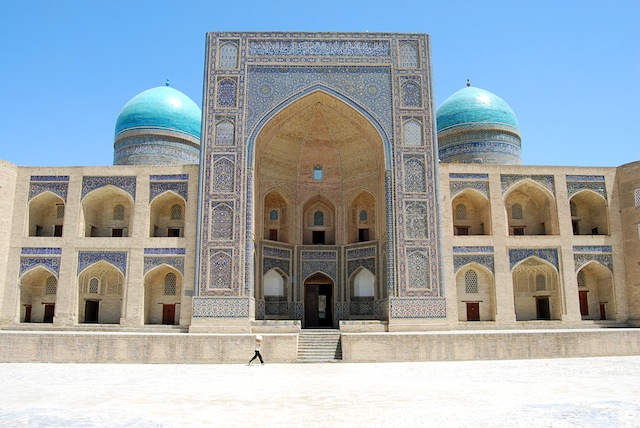This post is one of the series of articles on the Australia in the Asian Century report.
Chapter four of Australia in the Asian Century is the critical part of the white paper, describing where the opportunities and risks are for the nation as Asian societies become more prosperous.
In the introduction to the chapter, “Australia’s 2025 Aspiration” is set out as raising per person income to $73,000 by 2025 and the nation’s living standards in the world’s top ten.
While this is a noble target, the underpinning of that good fortune are more of the same;
What will emerge as a result of these opportunities is that Australia’s trade patterns will change, urbanisation will continue to drive demand for resources and energy, and new opportunities will emerge in manufacturing and in high-quality food production. Rising incomes will also provide opportunities for the education and tourism sectors, and for services more broadly.
Iron ore, coal and Liquid Natural Gas (LNG) are the basis of the projections in this chapter which, as discussed in the previous chapter, ignores alternative supplies from Africa, Mongolia and Central Asia along with the efforts of China to reduce energy density while expanding renewable power sources.
Agriculture also has a role as does tourism and education but all of the projections are more of the same 1980s thinking we read in the previous chapter. There’s little that identifies new industries or the evolution of existing export agricultural industries such meat exports.
The identification of risks to this rose coloured outlook skims over any internal issues such as drought, industrial disruption, a continued high exchange rate or any external factors.
While the chapter does note the risk of commodity prices could fall further than expected, the consequences of this are dismissed with an airy reference to Australia’s fiscal position.
While the chapter focuses on motherhood statements about innovation, research and development and ‘complex problem solving’ when looking at the opportunities there are some identifications of the real advantages Australia offers;
Australian society reflects our multiculturalism. Australia’s socially cohesive and diverse nation is one of our enduring strengths. Our nation brings the values of fairness and tolerance to all its dealings in the region and the world.
It’s a shame there isn’t more emphasis on this aspect as this is one of the areas where Australia can add value and has real competitive advantage.
Overall, the Outlook described in Chapter Four of Australia in the Asian Century suffers from the same problem as the previous chapter of applying the 1970s and 80s experience with Japan and South Korea onto the development of China and India.
What’s even more frustrating is the only specific projections are for more mineral and agricultural exports, everything else is wrapped in motherhood statements.
The following chapters look at the specifics of Australia’s development and engagement with Asia over the next decade.

Leave a Reply